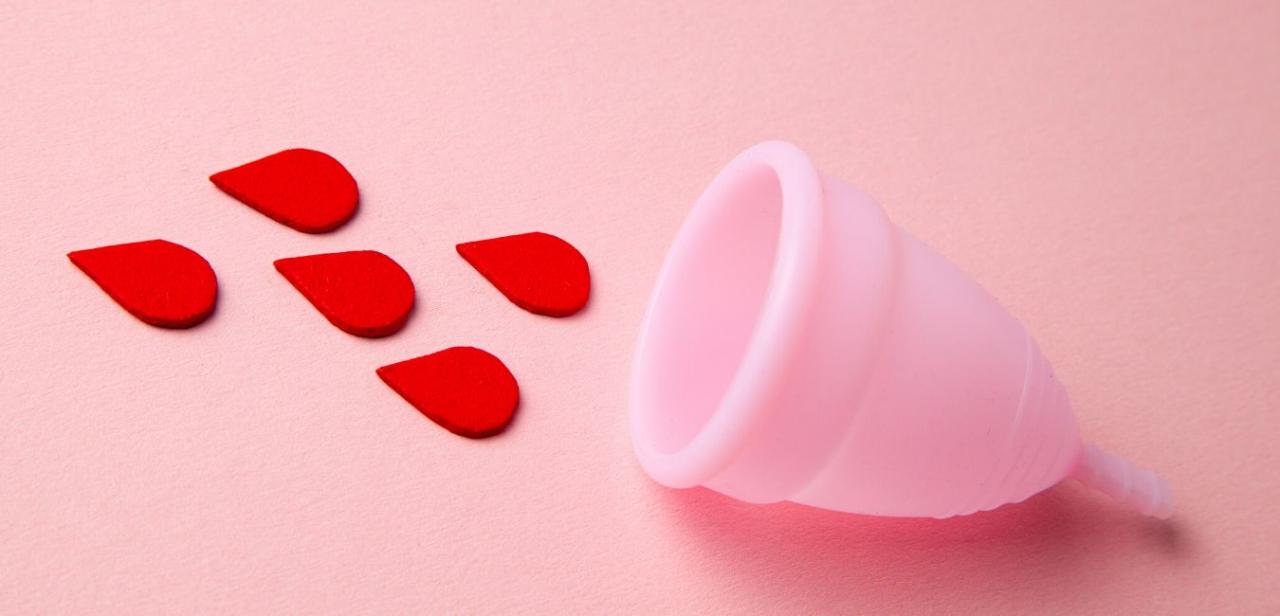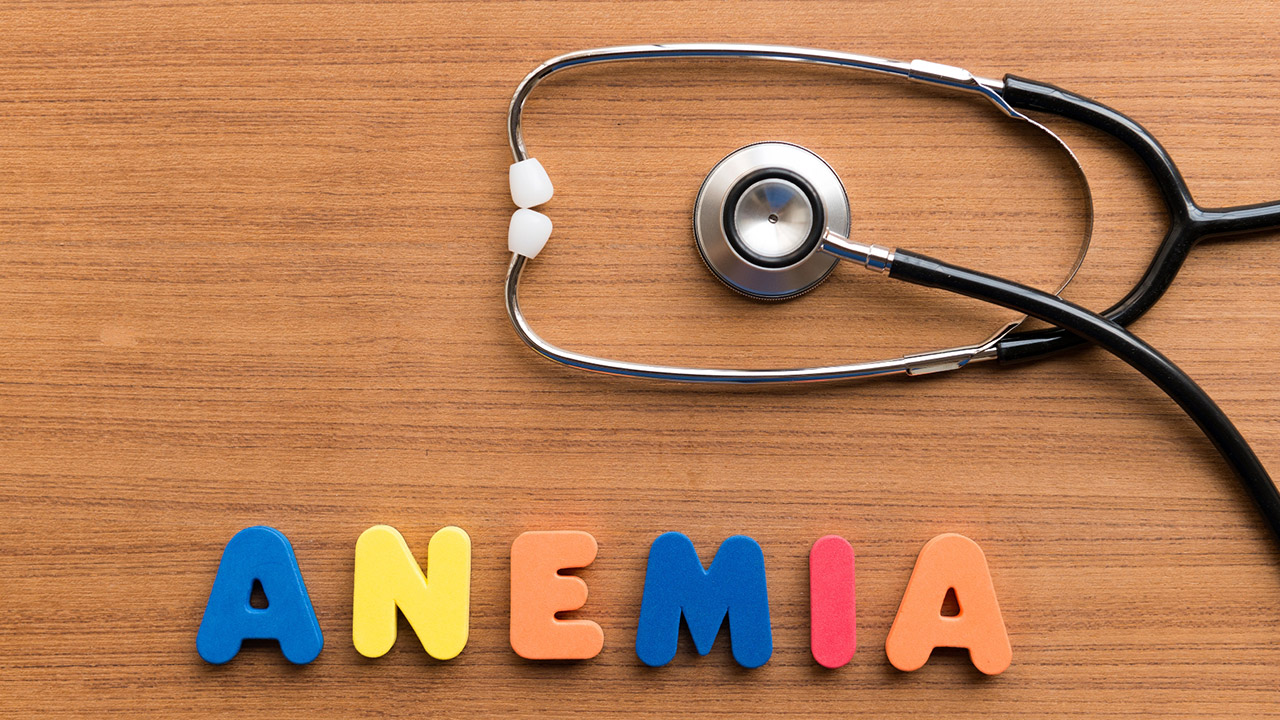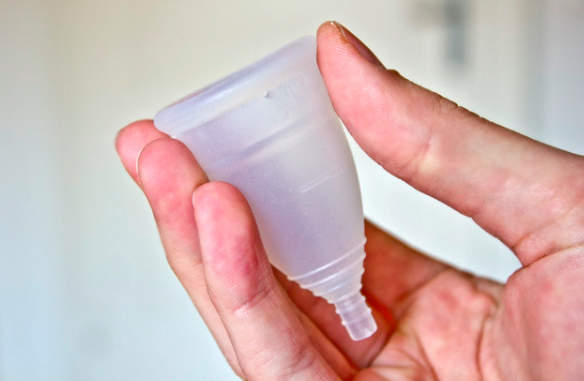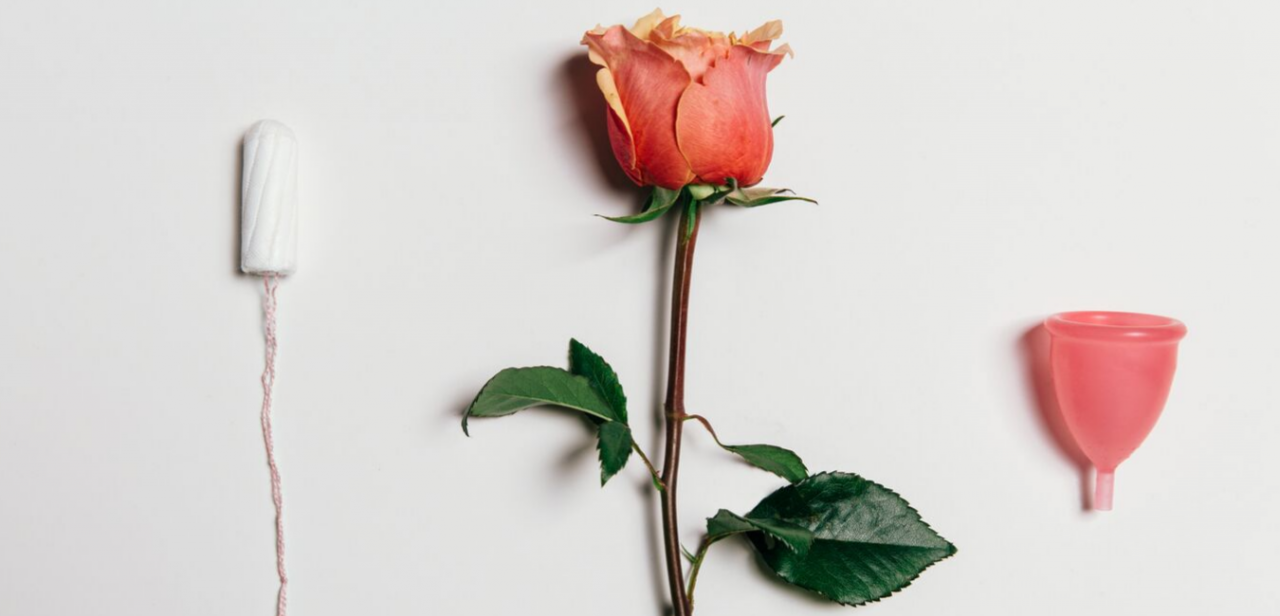 Scott Griessel-Creatista/PhotoSpin
Scott Griessel-Creatista/PhotoSpin
Before modern-day birth control pills and pain-relieving medications were on the market, women used to have their own natural remedies for all types of reproductive issues.
If you’re looking for more nature-inspired options to relieve menstruation issues like cramps or endometriosis, there are many herbs you can try.
Keep in mind that herbal benefits may vary. Herbs may interact with medications you are taking or with medical conditions you have, so you must check with your own health care professional before taking any of the below.
Don’t take any of these herbs if you are pregnant or breastfeeding.
1) Tienchi ginseng, also called Panax notoginseng or San qi
If you have heavy bleeding (menorrhagia) this herb may help, according to Cammi Balleck, a board-certified traditional naturopath.
eMedicineHealth cautions that this herb can cause some side effects, such as nausea, vomiting, dry mouth, nervousness, sleep issues and flushed skin.
2) Wild yam, black haw and dong quai
Wild yam, black haw and dong quai can help with painful menses or cramping, Balleck said.
According to University of Maryland Medical Center (UMMC), wild yam should be avoided by people with protein S deficiency, anyone at risk for hormone-related cancers, and women using hormone replacement therapy or birth control pills.
Drugs.com suggests avoiding black haw if you have breast cancer. This herb can cause some allergic reactions and other side effects.
MedlinePlus cautions against using dong quai if you have protein S deficiency, and have hormone-sensitive conditions like breast cancer. This herb may cause skin sensitivity to the sun and increased bleeding.
3) Chaste tree and white peony
Chaste tree and white peony can help if your cycle is irregular. And chaste tree, wild yam and dong quai can relieve some symptoms of PMS (premenstrual syndrome), Balleck added.
Chaste tree can cause side effects such as GI problems, fatigue, acne, rashes, itching, headaches and menstrual changes, according to Drugs.com.
White peony can slow blood clotting, so WebMD suggests avoiding this herb at least two weeks prior to surgery, and if you have a bleeding disorder. Side effects include rashes and upset stomach.
4) Cramp bark (Viburnum opulus)
Not surprisingly, this plant helps relieve cramps, according to Danielle Laberge, an herbalist and educator. Drugs.com states that it’s unknown if this herb has any side effects.
5) Yarrow (Achillea millefolium)
Yarrow can slow down excessive bleeding, Laberge said. It can also be applied externally to bleeding wounds.
Avoid taking yarrow if you’re on blood-thinners, lithium, stomach acid medication, high blood pressure medication, UMMC cautions.
This herb can also cause skin to be sensitive to sunlight. Don’t consume yarrow if you are allergic to plants in the aster family.
6) Mugwort (Artemisia vulgaris and red raspberry
If your period is late or barely there, you can take this herb to stimulate uterine flow, Laberge said.
Mugwort and raspberry leaf teas can also be used to help with PMS symptoms, including emotional fluctuations, according to Christina Major, a nutritionist and herbalist at Crystal Holistic Health Consulting.
WebMD cautions against using mugwort if you have allergies to some plants, including tobacco. Red raspberry may be unsafe for people with hormone-sensitive conditions, according to WebMD.
7) Peppermint and ginger
Teas containing peppermint and ginger can have a calming and warming effect, according to Major. These herbs can also help relieve cramping. Peppermint relieves some bloating.
Avoid peppermint if you have conditions such as GERD, heartburn, indigestion or hiatal hernia, according to UMMC. It can also cause rashes and be toxic if oil is consumed in large amounts.
Avoid ginger if you have bleeding disorders, diabetes or heart conditions, according to WebMD. It can cause heartburn, stomach issues, skin irritation, extra menstrual bleeding and diarrhea.
8) Chasteberry (Vitex)
Women with endometriosis may find relief of some symptoms after using this herb, according to Kelly LeGendre, a licensed acupuncturist and holistic fertility consultant at TheFertilityFix.com.
Vitex can also relieve PMS symptoms such as mood swings, water retention, foggy thinking, anxiety and depression.
Avoid this herb if you’re taking dopamine-related medications or birth control, or if you have hormone-sensitive conditions, according to the National Center for Complementary and Alternative Medicine (NCCAM). It can cause side effects such as rashes, dizziness and gastrointestinal (GI) issues.
9) Black cohosh
Black cohosh can relieve menstrual pain, and PMS symptoms like anxiety and irritability, LeGendre said. Side effects include diarrhea, dizziness, nausea, vomiting, joint and abdominal pain and headaches, according to UMMC.
10) Evening primrose
You may find some PMS relief with evening primrose, including a reduction in water retention, breast swelling and tenderness, depression and irritability, according to LeGendre.
Side effects include nausea, diarrhea, headaches and upset stomach, according to WebMD. Avoid evening primrose if you have bleeding disorders, seizure disorders and schizophrenia.
Even if you decide to try some of these herbs out, remember that there are many other factors to consider for optimal health.
Rebecca Berkson, an acupuncturist at the Kaplan Center for Integrative Medicine, said in an email that lifestyle choices are actually the most important part of staying healthy.
“Herbal medicine has its roots in nutrition, so eating whole foods that are local and seasonal is one of the best things to maintain health and prevent disease,” Berkson said.
“Regular exercise, sleep and stress reducing activities like meditation, yoga or Qi Gong are very important.”
Sources:
Berkson, Rebecca. Email interview. December 31, 2014.
http://www.kaplanclinic.com/the-kaplan-team/rebecca-berkson
Balleck, Cammi. Email interview. December 31, 2014.
http://www.makinghappyhappen.com/about
Laberge, Danielle. Email interview. December 31, 2014.
Major, Christina. Email interview. December 31, 2014.
http://www.crystalholistichealth.com/about-me
LeGendre, Kelly. Email interview. December 31, 2014.
http://thefertilityfix.com/about
Emedicinehealth.com. Panax Pseudoginseng. Web. January 2, 2015.
http://www.emedicinehealth.com/panax_pseudoginseng-page2/vitamins-supplements.htm#SafetyConcerns
University of Maryland Medical Center. Wild yam. Web. January 2, 2015.
http://umm.edu/health/medical/altmed/herb/wild-yam
Drugs.com. black haw. Web. January 2, 2015.
http://www.drugs.com/mtm/black-haw.html
MedlinePlus. Dong quai. Web. January 2, 2015.
http://www.nlm.nih.gov/medlineplus/druginfo/natural/936.html
Drugs.com. Chaste tree. Web. January 2, 2015.
http://www.drugs.com/npp/chaste-tree.html
WebMD. Peony. Web. January 2, 2015.
http://www.webmd.com/vitamins-supplements/ingredientmono-32-peony.aspx?activeingredientid=32&activeingredientname=peony
Drugs.com. Crampbark. Web. January 2, 2015.
http://www.drugs.com/npc/crampbark.html
University of Maryland Medical Center. Yarrow. Web. January 2, 2015.
http://umm.edu/health/medical/altmed/herb/yarrow
WebMD. Mugwort. Web. January 2, 2015.
http://www.webmd.com/vitamins-supplements/ingredientmono-123-mugwort.aspx?activeingredientid=123&activeingredientname=mugwort
WebMD. Red raspberry. Web. January 2, 2015.
http://www.webmd.com/vitamins-supplements/ingredientmono-309-red%20raspberry.aspx?activeingredientid=309&activeingredientname=red%20raspberry
University of Maryland Medical Center. Peppermint. Web. January 2, 2015.
http://umm.edu/health/medical/altmed/herb/peppermint
WebMD. Ginger. Web. January 2, 2015.
http://www.webmd.com/vitamins-supplements/ingredientmono-961-ginger.aspx?activeingredientid=961&activeingredientname=ginger
National Center for Complementary and Alternative Medicine. Chasteberry. Web. January 2, 2015.
http://nccam.nih.gov/health/chasteberry
University of Maryland Medical Center. Black cohosh. Web. January 2, 2015.
http://umm.edu/health/medical/altmed/herb/black-cohosh
WebMD. Evening primrose oil. Web. January 2, 2015.
http://www.webmd.com/vitamins-supplements/ingredientmono-1006-evening%20primrose%20oil.aspx?activeingredientid=1006&activeingredientname=evening%20primrose%20oil
Reviewed January 5, 2014
by Michele Blacksberg RN
Edited by Jody Smith





Add a Comment1 Comments
Great post.
January 7, 2015 - 9:14amThis Comment